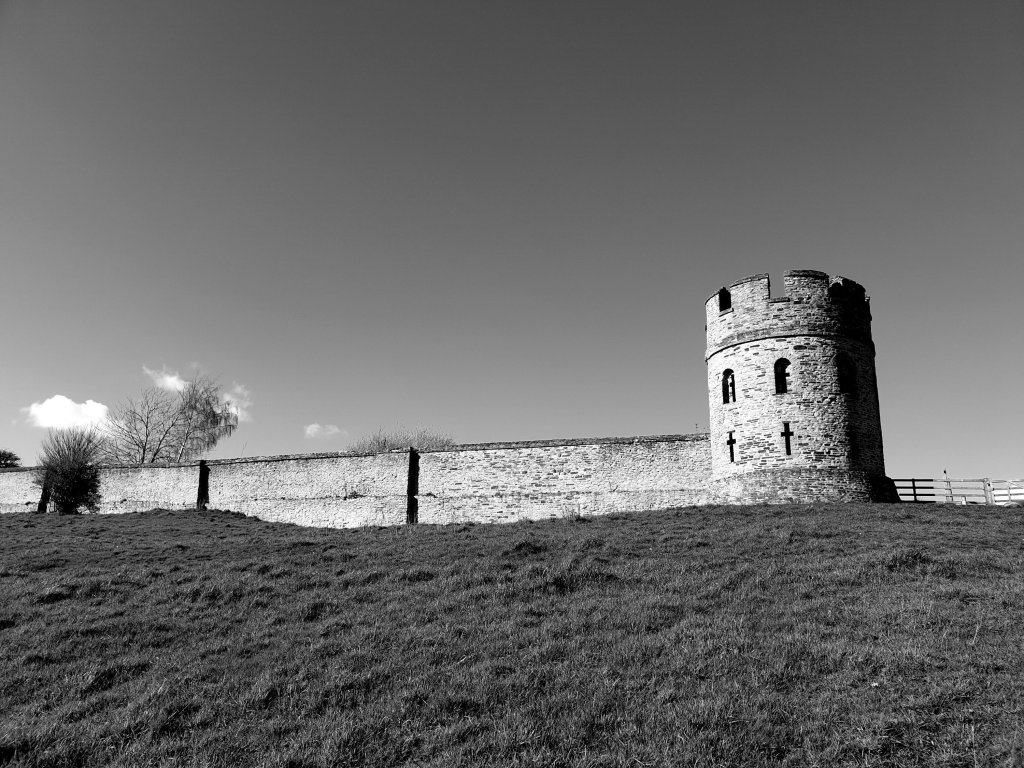I was asked by the Art Newspaper to join Ben Luke on their weekly podcast to discuss their annual report on museum visitor numbers which has now appeared online, as attached.
Monthly Archives: March 2023
Omai
Assuming that the news is true that the NPG has now succeeded, as rumoured (see below), in acquiring Omai jointly with the Getty, then it is a remarkably impressive achievement of Nick Cullinan to have negotiated it through the jungle of valuation, Treasury caution, and brokering an unprecedented, but admirable international arrangement across two continents in time for the re-opening of the NPG in June, where it will presumably – and rightly – have pride of place as an emblem of Empire/discovery/multi-culturalism. An amazing acquisition.
https://www.ft.com/content/2ffb1c12-8aee-4dd3-8160-2f1bc7dc2c18?shareType=nongift
Elm Hill
Hard to imagine that Elm Hill in Norwich faced possible demolition in 1926 when the Corporation wanted to use it as the site for a municipal swimming pool. It was thanks to the Norwich Society that it was saved:-




Julian Stair
Julian Stair has done an exhibition, Art, Death and the Afterlife, at the Sainsbury Centre (UEA) in which he has mixed the ashes of people who died during the pandemic into ceramic vessels which are essentially funerary urns:-


It’s a very simple device, but unexpectedly profound in prompting ideas about appropriate forms of commemoration – past, present and for that matter, future as well:-

Goldsmith Street
Having got interested in issues of social housing – what works, what doesn’t – I went to see Goldsmith Street, the model development in Norwich which, very deservedly, won the Stirling Prize in 2019.
It is, indeed, very straightforwardly successful: low-rise, dense, terrace housing, conceptually traditional, but not so traditional as to annoy the anti-traditionalists in the architectural establishment:-




Drive Your Plow Over the Bones of the Dead
We were at the Barbican a week ago for the latest Simon McBurney production, when after twenty minutes, someone appeared on stage to tell us that Kathryn Hunter was unable to perform, a slightly surreal experience mitigated by being able to see it this afternoon. The whole drama does indeed revolve round a single, complex performance by Amanda Hadingue as the animal rights activist – brilliantly played. I haven’t read the book and now should.
Phyllida Barlow (3)
For those who do not necessarily read my comments section, I am re-posting the characteristically thoughtful review which Ivan Gaskell has sent me about a relatively recent exhibition of hers at Hauser & Wirth in New York. More sadness at the death of someone who was still so immensely creative, dangerously so, as Ivan rightly implies.
https://www.west86th.bgc.bard.edu/exhibitionnotes/phyllida-barlow-tilt/
Castle Howard (3)
I love visiting Castle Howard: its combination of architecture and landscape; the way Vanbrugh treats architecture as something to be enjoyed, a visual adventure, not necessarily – or at all – logical, but done with a sense of unexpected vitality, sometimes a bit surface deep, but designed for effect from a distance as well as close up:-

Castle Howard (2)
So, the obvious question is: what did Vanbrugh and the Earl of Carlisle think they were doing in constructing a line of medieval fortifications at the entrance to the estate ?
It is not as if there was an enemy to keep out. They are surprisingly serious, proper fortifications, not a piece of eighteenth-century game playing or ornament.
Of course, Lord Carlisle had been Earl Marshal. And Vanbrugh was a herald. In some way, it must be associated with Carlisle’s interest in his lineage, not least because they are accompanied by a pyramid dedicated to the memory of his ancestor, Lord William Howard. But no-one at the time thought it particularly unusual, apart from Horace Walpole and he described it in the 1770s:-



Castle Howard (1)
I don’t think I know anything architectural quite as exciting as the approach to Castle Howard: the way one feels the landscape begin to change and straighten out as one approaches from the York-Malton road and then the road descends steeply to the Carrmire Gate, which is hard to get through, and must always have been even in the days of a coach. And the Carrmire Gate is itself such a strange combination of authentic medievalism, so unlikely for the 1720s, and a sense of free, abstract design sensibility:-

Then the road climbs equally steeply up to the Pyramid Gate:-

I used to be cautious of treating Vanbrugh as having a theatrical sensibility, but what could be more straightforwardly theatrical in creating a ceremonial sense of arrival, which the Marlboroughs didn’t encourage at Blenheim ?
It’s a long time since I’ve walked it, but necessary in order to experience the full impact.

You must be logged in to post a comment.